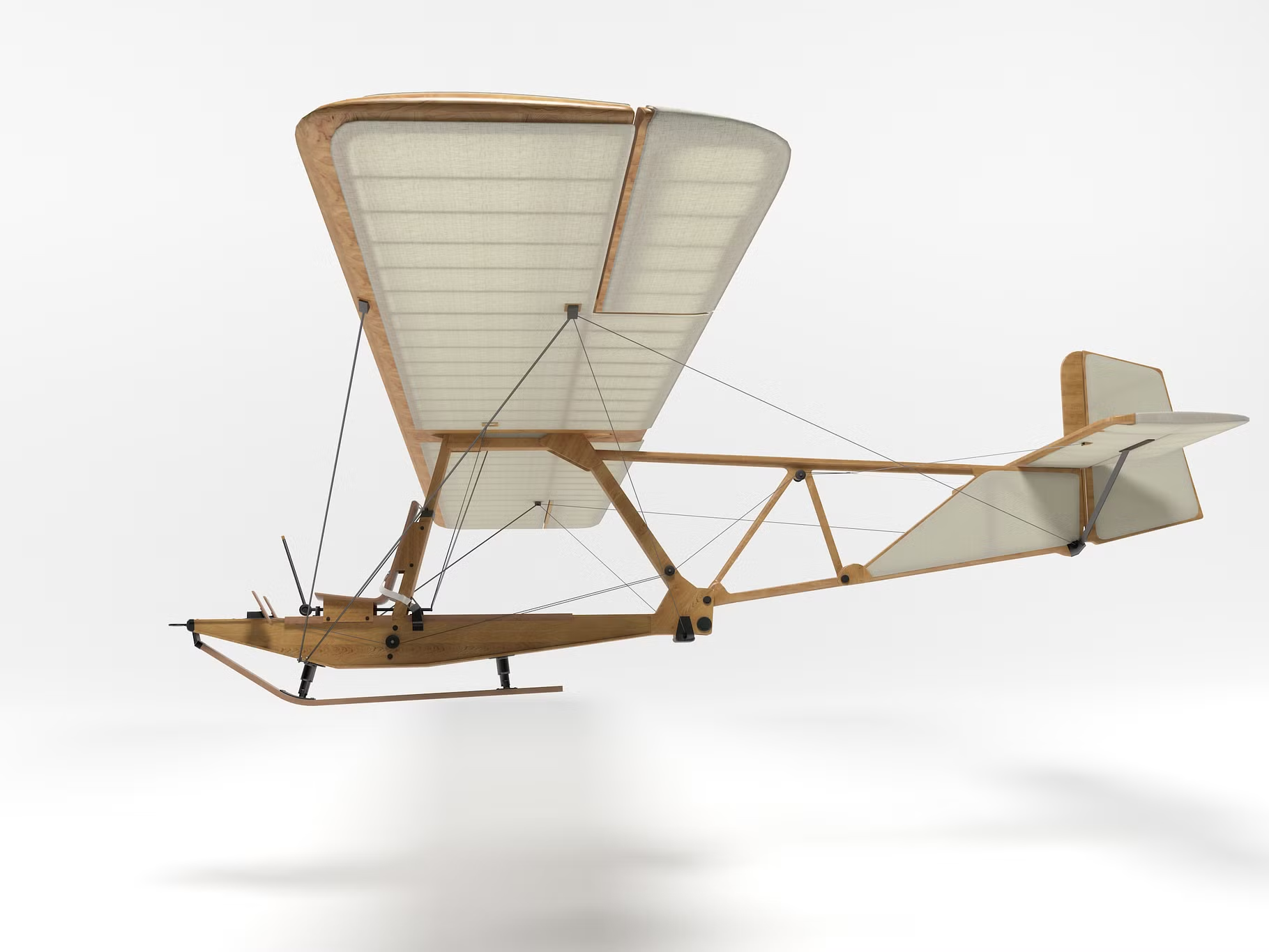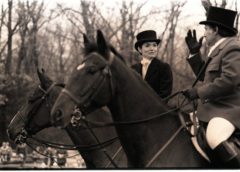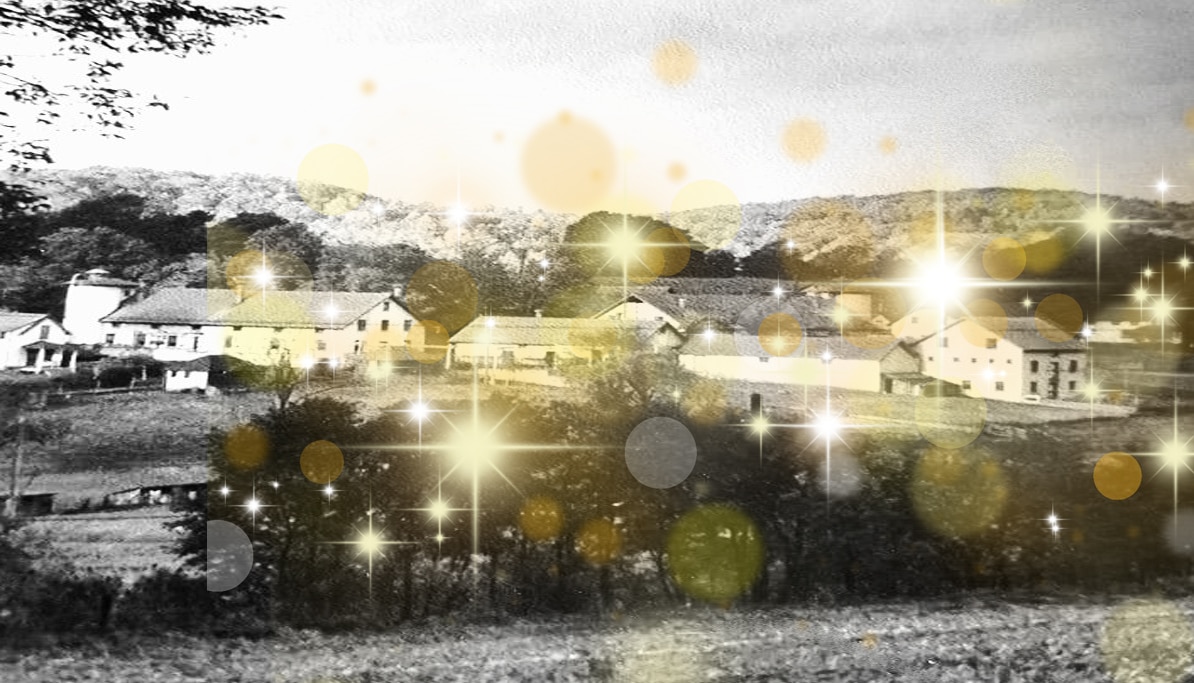
Before the Schley Glider Field rose to fame in Liberty Corner, New Jersey, a quiet field in the Lyons section of Bernards Township launched the state’s first glider site for a generation of aviators.
Lyons Glider Field
The quiet stretch of farmland along Valley Road in Lyons served as the state’s first organized home for soaring. The field, lying flat on the valley floor near the Lyons railroad station, was surrounded by open meadows and dairy pastures that provided clear approaches from every direction, perfect for short training flights. Here, the Aero Club Albatross of Irvington and the newly formed Associated Glider Clubs of New Jersey established their early base of operations about 1930. Using a car-powered winch with roughly two thousand feet of rope, pilots launched their handmade wooden gliders into the air. A jacked-up automobile served as the power source, spinning a drum that catapulted the aircraft to about 300 feet before release, where pilots would catch brief thermals rising off the Bernards Valley.
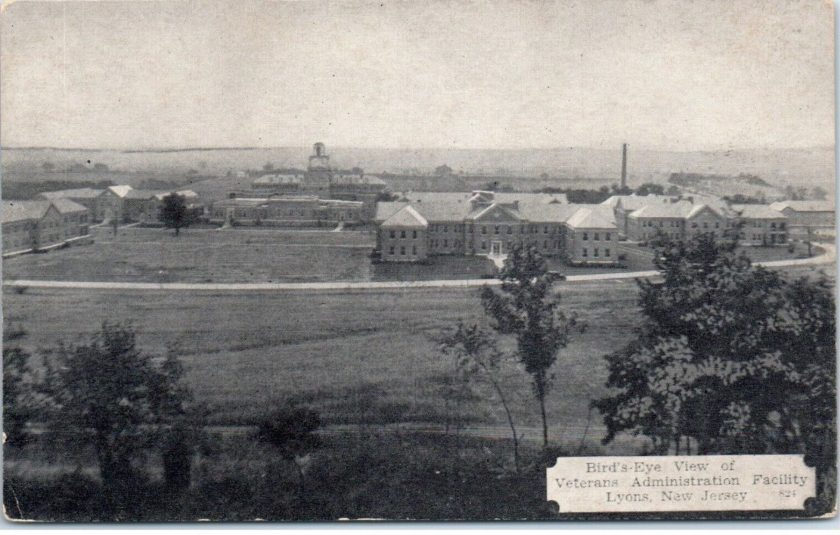

The terrain was gentle and forgiving, ideal for newcomers mastering the delicate art of silent flight. Between 1932 and 1934, Lyons Field recorded thousands of successful launches and landings, earning it the nickname “New Jersey’s schoolyard of soaring.” Flights rarely lasted more than a few minutes, but the grass runway and its nearby barn, used as a hangar and workshop, became a familiar sight to locals who lined Valley Road to watch. The area was called the West Millington Gliderport in the 1934 Bernardsville Newspaper

Glider History
Glider flight marked the beginning of human aviation, with pioneers like Otto Lilienthal and the Wright brothers proving that controlled, sustained flight was possible without engines. Before achieving powered flight in 1903, the Wright brothers conducted hundreds of successful glider tests between 1900 and 1902, refining wing shapes and control systems that laid the foundation for modern aeronautics.
After 1903, powered flight advanced quickly, but gliding remained vital for testing wing shapes, controls, and stability. World War One accelerated knowledge of aerodynamics and structures, and in the 1920s a soaring boom led by Germany at the Wasserkuppe refined ridge and thermal soaring, popularized winch and bungee cord launches, produced landmark designs, and inspired clubs in Britain and the United States, so that by the late 1920s organized soaring and record attempts were well underway and places like Schley Field launched the path forward.
Founding Glider Organizations
Those who sponsored and organized the events at the Lyons field were primarily aviation clubs and organizations rather than individuals. The Associated Gliding Clubs of New Jersey served as the main sponsor and governing body for the annual meets. This statewide organization coordinated the competition rules, trophies, and safety oversight.


The local host and organizing group was the Aero Club Albatross, which began at the Lyons Field in West Millington. This club handled most field operations, training, and public events. The club’s members included pilots, mechanics, and aviation enthusiasts from nearby towns such as Newark, Morristown, and Plainfield. The Albatross club also supplied most of the gliders used in demonstrations and contests.
Another group was the YMCA of Orange, New Jersey. As their skill and confidence grew, the group expanded beyond the YMCA’s walls and became known as the Y Flying Club. By the mid-1930s, they joined other local aviators to develop Schley Field atop Schley Mountain in Liberty Corner, Bernards Township, transforming it into one of the region’s most active glider sites. The club’s pioneering efforts helped introduce winch launching to American soaring, a method that would later become standard practice. Among their ranks were names that would shape New Jersey’s soaring legacy, including Frank Apgar, Les Barton, Emil Kaunitz, and Gustav “Gus” Scheurer. What began as a youth project in a YMCA basement became a cornerstone of early aviation history in Somerset County, linking the communities of Orange, Millington, and Liberty Corner through the dream of flight.
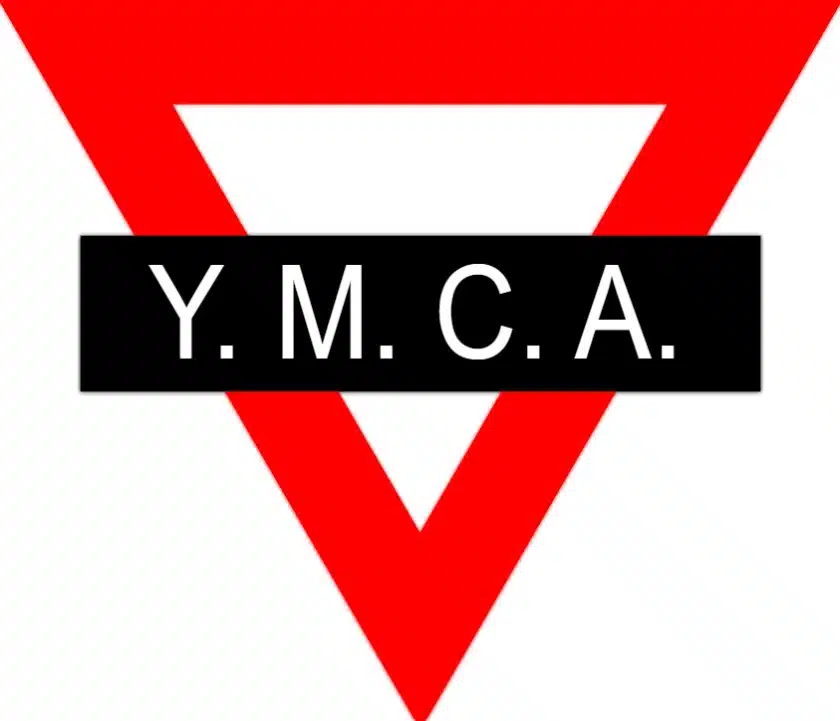
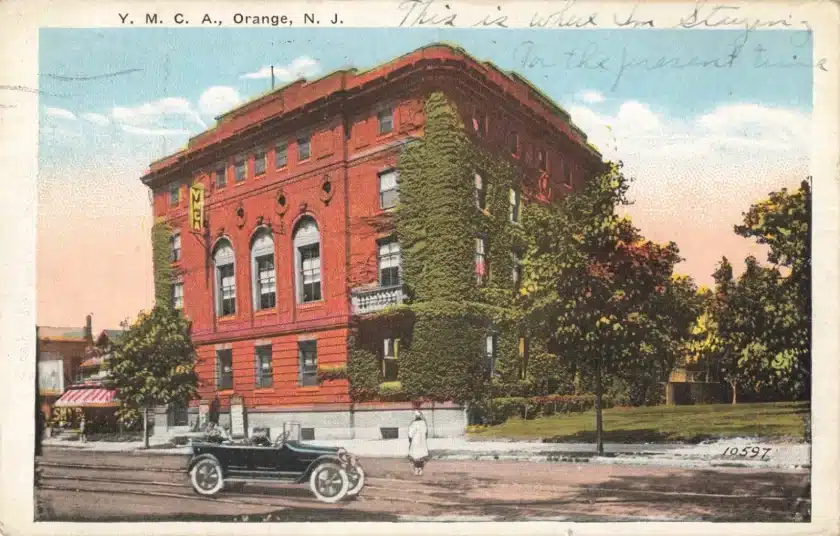
New Jersey Glider Clubs (1929-1934)
| Glider Club Name | Founded | Founder | Home base | Comments | Club link |
| Aero Club Albatross | 1929 | Gustav Gus Scheurer | 1075 Grove Street, Irvington then Blairstown | Property owned by Scheurer in Lyons, part of it was set aside for the Albatross members. Long running New Jersey soaring club active into the modern era | aeroclubalbatross.org |
| Y Glider Club later Y Flying Club | c. 1933 | Earliest officers Frank Apgar president Leslie Barton vice president Emil Kaunitz treasurer Trustee Franklin Conkling Jr of Basking Ridge | Orange and Newark area flew Lyons then Schley Field | YMCA based group that helped develop Schley Field | Directory entry listing Y Flying Club and address PDF |
Glider Designs
At places like Lyons and Schley Field in Bernards Township, most of the gliders were primary and secondary trainers, simple open-frame models built locally by clubs or patterned after designs like the Cessna CG-2 or the Franklin PS-2. More advanced aircraft, such as the Bowlus Baby Albatross or the Schweizer SGU series, may have appeared at the larger Eastern States Glider Meets later in the decade as technology improved and pilots gained skill.

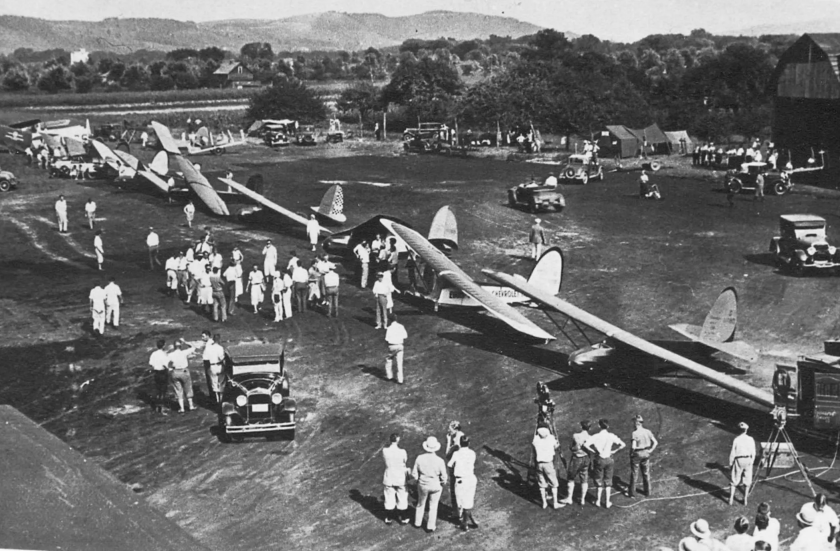
These early gliders represented the spirit of the time, hand-built, experimental, and flown with courage and skill from open fields and grassy ridges like those found on Schley Mountain. During its time at Lyons Field, the Aero Club Albatross flew a variety of gliders, reflecting the era’s soaring technology. The craft included simple, open-cockpit trainers for novice pilots and high-performance, enclosed sailplanes for experienced flyers during competitive flights. Based on historical records from the period, the gliders used likely included:
- Primary Gliders: These were simple, open-frame gliders, often constructed from wood and fabric. They were used for basic flight instruction and hops. Novices would learn fundamental control skills in these aircraft.
- Utility Gliders: These were more refined than primary gliders and were built for longer flights. Contestants flew in the Utility Class at the 1935 New Jersey Glider Meet. Chester Decker, a member of the North Jersey Soaring Association, won awards in this class with a Franklin PS-2 glider in 1935.
- Sailplanes: These high-performance gliders featured enclosed cockpits and more advanced aerodynamic designs, capable of longer-duration and cross-country flights. Famed pilots like Don Stevens and Tex Bellak performed exhibitions at Schley Field in a Haller Hawk sailplane owned by record-holder Richard du Pont
| Glider Name | Country of Origin | Type | Description and Use | Year first flown |
| Franklin PS 2 | United States | Primary trainer | Produced by Franklin Aircraft in New York. Single seat glider widely used for early flight instruction and short tow flights. | 1930 |
| Cessna CG 2 | United States | Basic training glider | Sold during the early Depression years. Marketed as a low cost glider for flying clubs and schools. | 1930 |
| Grunau Baby | Germany | Training sailplane | Introduced in 1931 and built in large numbers worldwide. Many American designs were based on it. | 1931 |
| Rhonadler | Germany | Long range sailplane | Designed for cross country soaring and record attempts. Advanced for its time. | 1932 |
| Rhonbussard | Germany | Intermediate sailplane | Balanced between training and performance. Used in many European gliding schools. | 1933 |
Glider Events Summary Stats – Winners – Details – Key Observations at the Bottom of this Page
At fields such as Schley Field and Lyons in New Jersey, most aircraft in use were American primary or secondary gliders, such as the Franklin PS-2, Cessna CG-2, and Schweizer SGU models. Larger meets in the late 1930s sometimes featured the more advanced Bowlus and Schweizer sailplanes, reflecting the growing sophistication of the sport.

The property at Lyons (West Millington) was owned by Gustov (Gus) Scheurer, founder of the Albatross Glider Club, and part of it was set aside for Albatross members. A barn on the Lyons property was used by the club as a hangar and also for sleeping quarters. Club members were an inventive mix of businesspeople, engineers, and students who built their gliders for about $300 each, experimenting with car tows, rubber ropes, and winch systems to get airborne. Ernest Schweizer, the club’s treasurer, noted that Lyons lacked the ridge lift found on nearby Schley Mountain, making it better suited for training and demonstrations than for true soaring. Even so, this quiet meadow near Millington marked the birthplace of organized gliding in New Jersey, a place where the state’s first aviators proved that flight without an engine was both possible and poetic. Then they moved to Schley Field.
By 1934, Lyons’ activity also included the Langley Aero Club, which also flew on Sunday afternoons from a field along Valley Road between the United States Veterans Hospital at Lyons and Charles Key’s restaurant in West Millington. That summer, a tragic accident underscored the risks of the era when Gilbert Harvey Baker of East Orange was killed shortly after takeoff, reportedly when a wing failed at about one hundred feet. State aviation officials investigated.
Other exhibitions were given by Ted Bellak and Don Stevens, flying a 1934 Haller Hawk sailplane belonging to Richard du Pont, who lent the craft for the occasion. Du Pont broke the world record for endurance and distance flying last June when he flew his sailplane, the Albatross, from Elmira, N.Y., to Somerset Hills Airport in Basking Ridge, a distance of approximately 155 miles, in about 5.5 hours. Gus Haller sold and built as part of Haller-Hirth Sailplanes in Pittsburgh. Haller imported kits from the Kassel Flugzeugbau (Kassel aircraft factory) and sold them as Haller-Hirth Hawk (a Professor) (see below).
Terrain and Changing Glider Needs Moves to Schley Field in Liberty Corner
Lyons Field was on the flat valley floor by the Lyons railroad station and was used for car-winch training hops and short flights. That site was chosen for clear approaches, not for ridge soaring. When New Jersey clubs wanted soaring conditions influenced by terrain, they shifted activity up onto Schley Mountain at Schley Field. Meets there from the late 1930s still relied on winch towing, but the site sat on a ridge and offered better soaring potential than Lyons.
Side Story – Glider Record Made at Somerset Hills Airfield (1934)
DU PONT GLIDES TO NEW RECORD
Multi-Millionaire Lands at Somerset Hills Airport, Basking Ridge, After 155 Mile Flight
Bernardsville News, June 28, 1934
Richard C. duPont of Wilmington, Del., who established a new airline distance record for gliders Monday evening when he landed at the Somerset Hills Airport in Lord Stirling Road, Basking Ridge, after flying 155 miles from Elmira, N.Y. in five hours and fifty minutes, was a guest that evening of George A. Viehmann, manager of the airport, at his summer home in Summit.
On Tuesday, a large group of spectators gathered at the airport to inspect Mr. duPont’s sailplane, The Albatross III, and William A. Friars of the Bernardsville Buick Company, a former employee of Mr. duPont’s father, had a lengthy chat with the record-breaking glider. That afternoon, young Mr. duPont took luncheon at the Washington House in Basking Ridge and visited Bernardsville, where he was in conversation again with Mr. Friars. Harold Dobbs, Crampton Frost, Everett Gardner, Charles Bohnert, Vincent Balsamello, and others also conversed with Mr. duPont regarding his achievement and his glider.
Mr. duPont, 28, and a son of the multi-millionaire Felix A. duPont, beats by fourteen miles the former record of 136 miles set in Germany in 1931 by the late Guenther Groenhoff. An unofficial flight of 165 miles was made in Germany, but it does not stand as a record. Starting from the scene of the fifth annual national meet of the Soaring Society of America at Elmira, N.Y., Mr. duPont at times rose to an altitude of 3,000 feet, though his average altitude was 2,800 feet and his speed twenty-five miles an hour. It is believed he missed by a small margin the point indicated by a circle drawn on a map in which he should have landed to win his father’s $3,000 prize for the first motorless plane to fly from Elmira to New York City.
On his trip, he carried no provisions. His sailplane was manufactured by the San Fernando (Cal.) company, of which he is president. It is a Bowlus-Dupont glider constructed of spruce plywood and has a glide ratio of 25:1. Its wingspread is sixty-two feet. The sailplane weighs 331 pounds empty. DuPont weighs 170 pounds. DuPont has had its soaring license for less than a year. His interest in gliding increased after he crashed with his father as a passenger about a year ago. He broke the American distance record last September when he soared 122 miles from Skyland Field, Va. He has soared about 500 miles since he took up the game. Mr. duPont set a previous American record of 122 miles in The Albatross last September.

Richard C. du Pout, Sr.
(1911-1943) was a designer and builder of gliders, holder of soaring records, a pioneer of rural airmail service, and the founder of the forerunner of US Airways (now part of American Airlines). His romance with flight began as a boy building model airplanes, then piloting gliders in his teens. He earned his pilot’s license in 1930, but focused on soaring and went on to establish national and world records for altitude, endurance, and distance. He served as president of the Soaring Society of America from 1937 through 1939. In 1943, Air Corps commander Gen. Henry “Hap” Arnold called on Richard du Pont to head glider R & D for the military.

Crew: Two pilots
Capacity: 42 troops or 10,050 lb (4,570 kg) of cargo
Length: 48 ft 4 in (14.72 m)
Wingspan: 91 ft 10 in (27.98 m)
Height: 18 ft 4 in (5.58 m)
Wing area: 1,139 sq ft (105.9 m2)
Tragically on Sept. 11, 1943, a test flight of a large experimental MC-1 Air Corps glider in California took the lives of four airmen, including that of the 32-year-old Delawarean. Flight tests of the full sized MC-1, registered to the Albert Criz company on 19 July 1943 as NX21757, commenced at March Field, California, but tragedy crashed on a demonstration flight with Richard Chichester du Pont, special assistant to Gen. Hap Arnold; Col. Ernest Gabel, another glider specialist on the staff of the Chief of Staff of the Air Force, and C. C. Chandler, thrice soaring champion aboard. Inadequately secured ballast came loose when the glider flew through the Lockheed C-60 tow plane’s propwash, causing a catastrophic rearward shift in the center of gravity. The now uncontrollable MC-1A released from tow and entered an unrecoverable flat spin. . Source: Delaware Aviation Hall of Fame
Glider Museums
For anyone wishing to see what the early gliders of the 1930s and 1940s looked like, several museums today preserve these rare aircraft that once filled the skies over places like Schley Field. The National Soaring Museum in Elmira, New York, is considered the leading center for motorless flight in the United States. Its collection includes primary training gliders similar to those flown at Liberty Corner, as well as more advanced sailplanes that appeared in the years leading up to the Second World War. Visitors can walk among the delicate wood-and-fabric wings, see early car-and-winch tow systems, and learn how pilots mastered silent flight using only rising air currents and the natural lift of the land.
Other collections, such as the Museum of Flight in Seattle and the National Museum of the United States Air Force in Dayton, Ohio, also display early gliders from the same period. These museums help preserve the story of an age when flight was simple and daring, when enthusiasts built their own aircraft by hand, and when hills like Schley Mountain offered the perfect classroom for learning how to soar. Together, along with the Soaring Society of America, they keep alive the legacy of those pioneering pilots who turned open fields and country hillsides into runways for adventure.

UK Gliding Magazines from the 1930s – Click Here
Our Readers’ Top 10 MLH Posts this Week
Glider Meet Results (1932-1951) Glider Field, Lyons and Schley Field in Liberty Corner
Source: Mr. Local History Newspaper Gathering (Still looking for last events on the mountain).
1. Timeline and Continuity
- Period covered: 1932–1951 — a 19-year record of organized gliding events in the Bernards Township area.
- Locations:
- 1932–1934: Lyons Field on Valley Road, Lyons — early training and exhibition site.
- 1935–1942, 1948–1951: Schley Field on Schley Mountain, Liberty Corner — primary competition venue.
- 1950: Somerset Airport, Pluckemin — post-war revival site.
- Despite World War II (1943–1947) halting meet events, the community restarted gliding in 1948, showing remarkable continuity.
2. Participation and Attendance
- Typical attendance:
- Lyons era: small crowds (hundreds to 10,000).
- Schley era: consistently 8,000–20,000 spectators, peaking in 1941 (20,000).
- Pilots: between 12 and 60 pilots per meet representing New Jersey, New York, and Pennsylvania clubs.
- Leading organizations: Aero Club Albatross (Irvington/Newark) and Y Flying Club (Newark) dominated the period.
3. Performance Milestones
- Longest duration: 5 hours 24 minutes — Stanley Hruslinski, 1938 (state record).
- Highest verified altitude: about 4,300 ft — Donald Lawrence, 1940 (tow + thermal).
- Spot-landing record: 2 ft 1¼ in — Henry Wightman, 1948 (state record).
- Typical average flights: endurance 30 – 60 minutes for champions after 1938.
- Launch methods: car winch (2,000-ft rope) at Lyons, then auto tow, winch, and occasional airplane tow at Schley.
4. Dominant Pilots and Clubs
- Henry N. Wightman (Upper Montclair): five-time individual champion (1936–1948); record holder in endurance and spot-landing.
- Leslie Barton (Newark): Eastern States champion 1941 and 1951.
- Donald Lawrence (Newark): 1940 champion; frequent top finisher 1937–1942.
- Aero Club Albatross: hosted most meets, continued operations into early 1950s.
- Y Flying Club: consistent team champion in 1936–1939.
5. Records and Safety
- Total confirmed state records: three (endurance 1938, spot-landing 1938, spot-landing 1948).
- Fatalities: two recorded — Gilbert Harvey Baker (Langley Aero Club), July 1934 at Lyons. Gustav Scheurer’s wife, Gladys Scheurer of Irvington, died in a glider accident at Schley Field December 1938
- Other incidents: minor crashes (Herbert Sargent 1937, no injuries).
- Safety success: thousands of flights logged, very few accidents.
6. Post-War Transition
- Post-WWII revival: 1950 Somerset Airport meet marked the first NJ contest since 1942.
- Shift: from local car-winch launches to modern sailplanes (Laister-Knauffman).
- Decline: By 1951, Schley Field activity ended as residential development and airspace regulations grew.
7. Quantitative Overview
| Metric | Approximate Value | Notes |
|---|---|---|
| Total organized meets | 15 major meets (1932–1951) | excluding small informal sessions |
| Distinct winners | 7 named champions | Wightman, Barton, Lawrence, Hruslinski, Downsbrough, Y Club team, Streeter |
| Spectator reach | 150,000+ cumulative | across all meets documented |
| Longest endurance | 5 h 24 m (1938) | Hruslinski |
| Highest attendance | 20,000 (1941) | Barton victory |
| Earliest powered tow | c. 1940 | airplane assist |
| Duration records broken | 3 times (1936–1938–1940) | steadily improved |
| Fatalities | 1 (1934) | Lyons Field |
| Post-war events | 3 (1948–1951) | Somerset and Schley sites |
8. Overall Interpretation
The data show a clear migration of New Jersey gliding from small experimental clubs at Lyons. These meets nurtured early U.S. soaring pioneers like Wightman, Lawrence, and Barton, built regional technical expertise (through Ernest Schweizer and the Albatross engineers), and helped shape the transition from homemade gliders to professional sailplanes.
| Year | Location | Winner | Club | Glider | Attendance | Key comments | National notes |
| 1932 | Lyons Field, Valley Road, Lyons | not listed | Aero Club Albatross (Irvington) | homemade gliders | not listed | Early organized glider activity; 20 members including Ernest Schweizer; 2,000-ft winch tows used. | Ernest Schweizer later co-founded Schweizer Aircraft, manufacturer of most U.S. training gliders; Hall of Fame inductee. |
| 1934 | Lyons Field, Valley Road, Lyons | Jack Streeter | Y Flying Club (Newark) | Du Pont “Albatross” demo | 10,000+ | First major NJ State Glider Meet; Y Flying Club won team honors. | Richard du Pont, whose glider was showcased, became three-time U.S. National Champion and Hall of Fame member. |
| 1934 (July) | Lyons Field, Valley Road, Lyons | Gilbert Harvey Baker (fatal crash) | Langley Aero Club | Cessna-type glider | small group (~12) | Wing failure at ~100 ft; first fatality at Lyons. | Richard C. duPont of Wilmington, Del., established a new airline distance record for gliders when he landed at the Somerset Hills Airport in Lord Stirling Road, Basking Ridge, after flying 155 miles from Elmira, N.Y. in five hours and fifty minutes. |
Mr Local History Project Top 20 National Glider Historic Sites
| Rank | Site | Town | State | Year Opened | Year Closed | Why Historically Significant | |
| 1 | Kill Devil Hills (Wright Brothers Glider Site) | Kitty Hawk | North Carolina | 1900 | 1903 | Ground zero of world gliding. The Wright Brothers tested their 1900, 1901, and 1902 gliders here before powered flight in 1903, establishing controlled, sustained flight principles. | |
| 2 | Harris Hill Soaring Center | Elmira | New York | 1930 | Present | Birthplace of organized American soaring meets and home of the National Soaring Museum. | |
| 3 | Torrey Pines Gliderport | San Diego | California | 1930 | Present | Iconic coastal ridge site with continuous soaring culture since the early era. | |
| 4 | Wurtsboro Airport | Wurtsboro | New York | 1927 | Present | One of the oldest active soaring sites in the Northeast, major training lineage. | |
| 5 | Hartness State Airport | Springfield | Vermont | 1921 | Present | Early aviation field that fostered New England glider and flight education. | |
| 6 | Lyons Glider Hill (West Millington Field) | Lyons (West Millington) Bernards Township | New Jersey | c.1930 | c.1934 | First organized glider field in New Jersey. Car-winch launches along Valley Road. Birthplace of Aero Club Albatross and the Associated Gliding Clubs of New Jersey. | |
| 7 | Schley Field | Liberty Corner, Bernards Township | New Jersey | c.1932 | Early 1950s | New Jersey’s showcase soaring site. Hosted statewide glider meets, trophies, and university competitions before closing during the early postwar years. | |
| 8 | Boulder Municipal Airport | Boulder | Colorado | 1928 | Present | Early Front Range soaring center with long club activity and record flights. | |
| 9 | Mountain Valley Airport | Tehachapi | California | 1932 | Present | Classic California mountain site and national training center. | |
| 10 | Minden Tahoe Airport | Minden | Nevada | 1942 | Present | Premier mountain and wave site, frequent national contests and records. | |
| 11 | Hollister Municipal Airport | Hollister | California | 1942 | Present | Historic Bay Area soaring gateway to Diablo and coastal ranges. | |
| 12 | Blairstown Airport | Blairstown | New Jersey | 1943 | Present | Long-running New Jersey hub and postwar home of Aero Club Albatross. | |
| 13 | Moriarty Airport | Moriarty | New Mexico | 1953 | Present | High desert thermals and repeated championship activity and records. | |
| 14 | Caesar Creek Soaring Club | Waynesville | Ohio | 1954 | Present | Landmark Midwest club field and frequent contest venue. | |
| 15 | Seminole Lake Gliderport | Clermont | Florida | 1957 | Present | Winter soaring anchor for training and competitions in the Southeast. | |
| 16 | Crystal Airport Crystalaire | Llano | California | 1946 | Present | Historic Southern California mountain soaring legacy and club culture. | |
| 17 | Sugarbush Soaring at Warren Sugarbush Airport | Warren | Vermont | 1966 | Present | Signature New England mountain soaring school and club center. | |
| 18 | Parowan Airport | Parowan | Utah | 1940 | Present | High altitude wave site used for national level events. | |
| 19 | Nephi Municipal Airport | Nephi | Utah | 1942 | Present | Modern championship venue with strong mountain convergence conditions. | |
| 20 | Williams Soaring Center | Williams | California | 1963 | Present | Professional training and camp site expanding California soaring access. |



